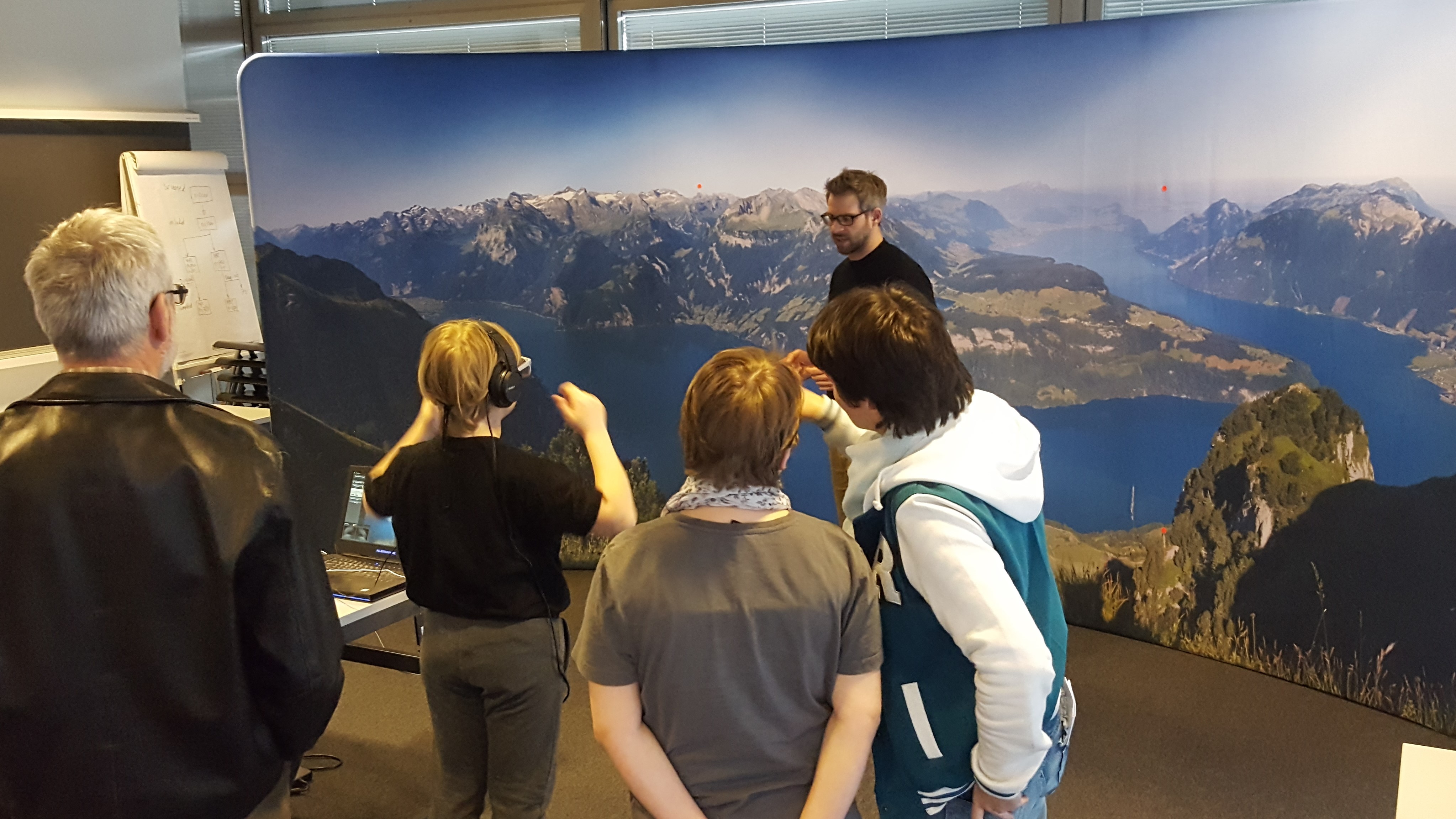New Article Published in Human-Computer Interaction
Our article “Unobtrusive interaction: a systematic literature review and expert survey” has been accepted for publication by the Human–Computer Interaction (HCI):
Tiffany C.K. Kwok, Peter Kiefer & Martin Raubal (2023). Unobtrusive interaction: a systematic literature review and expert survey, Human–Computer Interaction, DOI: 10.1080/07370024.2022.2162404
Abstract. Unobtrusiveness has been highlighted as an important design principle in Human-Computer Interaction (HCI). However, the understanding of unobtrusiveness in the literature varies. Researchers often claim unobtrusiveness for their interaction method based on their understanding of what unobtrusiveness means. This lack of a shared definition hinders effective communication in research and impedes comparability between approaches. In this article, we approach the question “What is unobtrusive interaction?” with a systematic and extensive literature review of 335 papers and an online survey with experts. We found that not a single definition of unobtrusiveness is universally agreed upon. Instead, we identify five working definitions from the literature and experts’ responses. We summarize the properties of unobtrusive interaction into a design framework with five dimensions and classify the reviewed papers with regard to these dimensions. The article aims to provide researchers with a more unified context to compare their work and identify opportunities for future research.
The article will appear in one of the next issues of the Human–Computer Interaction. It has been published as Open Access and you can get the article here:
https://doi.org/10.1080/07370024.2022.2162404











